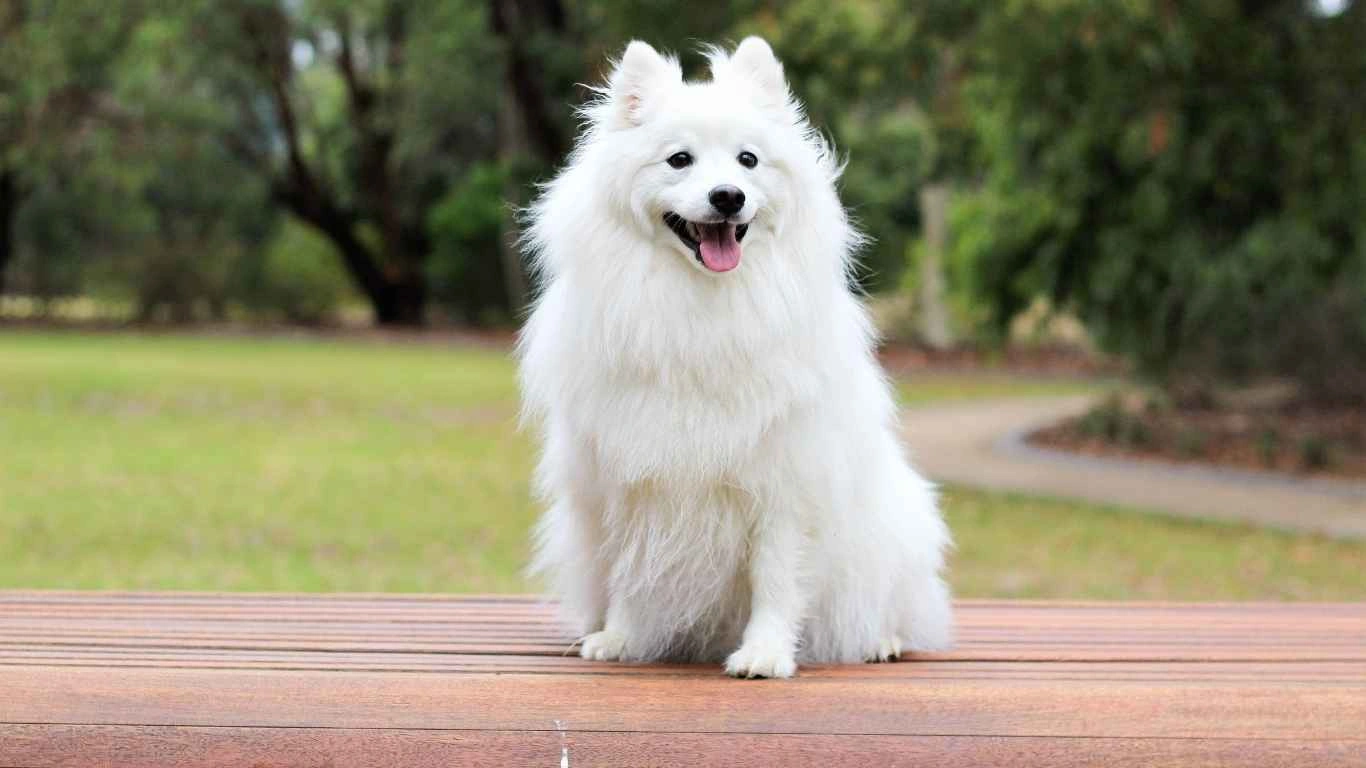Irresistible Food Toppers for Picky Eaters That Boost Appetite Fast
Let’s be real—living with a picky eater pup can feel like a full-time job. I’ve been there more times than I can count, standing in the pet food aisle debating between salmon and chicken, wondering if this week’s favorite will suddenly become next week’s no-go. If you’re in the same boat, you’re not alone. Over the years working as an Animal Care Specialist in both shelters and clinics, I’ve picked up a few tricks to deal with finicky furballs. One of the best hacks? Learning how to make food toppers for picky eaters. They can turn a boring bowl of kibble into a gourmet feast—no joke.
Why Do Some Pets Turn Their Nose Up at Dinner?

Before we jump into the good stuff (recipes, of course!), let’s take a second to talk about why some dogs just won’t eat what’s in their bowl. Sometimes it’s medical—so rule that out first with your vet—but a lot of times, it’s behavioral or just plain boredom. Think about it: if you had to eat the same dry food every single day, you’d probably lose interest too. I’ve seen dogs at the shelter who would barely sniff their food, but the moment we mixed in a spoon of pumpkin or warm broth? Tail wags and happy chomping.
Common Reasons for Picky Eating
- Texture fatigue: Kibble day in, day out can get old.
- Temperature sensitivity: Cold food might be unappealing—warming it slightly can help.
- Past negative experiences: Food that once made them sick may cause reluctance now.
- Overfeeding treats: Who wants boring food when they’ve had a day full of tasty snacks?
What Are Food Toppers, and Why Do They Work?

Okay, so what exactly are food toppers? Simply put, they’re flavor boosters or add-ons that go over your pet’s regular meal to make it more enticing. Think of it like a drizzle of ranch on your salad—same veggies, but way more interesting. In my experience, even the pickiest dogs start eating better with a sprinkle of something yummy and nutritious on top. Bonus: you can tailor them to your dog’s needs and dietary restrictions.
Benefits of Making Your Own Toppers
- Control over ingredients: You know exactly what your pet is eating.
- Cost-effective: Homemade options are often cheaper than commercial toppers.
- Healthier: No artificial flavors or preservatives.
- Customizable: Perfect for pets with allergies or sensitive stomachs.
Getting Started: Essentials You’ll Need

Before we dive into the how-tos, let’s talk kitchen prep. You don’t need fancy gadgets—just a few basics will do. I usually keep these on hand at home:
- A blender or food processor
- Ice cube trays or silicone molds for storing
- Freezer-safe containers
- Pet-safe ingredients (more on this in the next section!)
You’ll also want to consult with your vet, especially if your pet has allergies or is on a special diet. I’ve had pet parents come into the clinic asking if turmeric or coconut oil is safe—and while these are great for many dogs, it’s always best to double-check. A little extra caution goes a long way.
Simple Homemade Toppers Even the Pickiest Dogs Will Love

Now for the fun part—actually making food toppers that your dog will not just tolerate, but legit look forward to. These are all things I’ve made either for my own pups or while helping pet parents at the clinic. I always tell folks: you don’t have to be a gourmet chef here. Just use real, fresh ingredients and keep it simple.
1. Chicken & Pumpkin Puree
Great for dogs with sensitive tummies
- 1 cup boiled, shredded chicken (no seasoning!)
- 1/2 cup canned pumpkin (plain, not pie filling)
- 2 tbsp bone broth or low-sodium chicken broth
Blend it all until smooth. You can store it in ice cube trays for single-serve portions. This one is a big hit in shelters where dogs are adjusting to new diets or dealing with stress-related appetite dips.
2. Sardine & Sweet Potato Mash
Omega-3 boost + flavor bomb
Mix it all together. This one smells… intense, but trust me, even the most finicky eaters can’t resist. I’ve used this on shy shelter dogs who hadn’t touched food in days. One whiff and they’re licking the bowl.
3. Greek Yogurt, Blueberry & Flax Topper
Great for digestion and coat health
- 1/4 cup plain, unsweetened Greek yogurt
- 1/4 cup mashed blueberries
- 1 tsp ground flaxseed
This one works better as a cold topper, especially in warmer months. I usually suggest it as a weekend treat or when dogs need a little probiotic boost.
How to Store and Serve Homemade Toppers

Storage matters—a lot. I always remind clients that even natural food can go bad if not stored properly. The good news? Most of these toppers freeze beautifully.
Freezing Tips:
- Use silicone ice cube trays for easy portioning
- Label each batch with the date and ingredients (sticky notes work wonders)
- Freeze for up to 3 weeks, fridge storage up to 3 days
When you’re ready to use them, just thaw a cube in the fridge overnight or pop one in the microwave for a few seconds—never serve it too hot. I learned that one the hard way when one of my fosters yelped after a bite of overheated chicken mash. Lesson learned: always test the temperature with your finger first.
Customizing for Allergies, Diets, and Age

One thing I love about homemade toppers is how easy it is to tailor them. Whether you’ve got a senior pup with kidney concerns or a puppy with a delicate stomach, there’s a topper that can work.
For Allergies
- Swap chicken for turkey or rabbit
- Use quinoa instead of rice or grains
- Always double-check fruit safety (no grapes, raisins, or onions!)
For Seniors
- Use softer textures they don’t have to chew
- Incorporate joint-supportive ingredients like turmeric or fish oil (in safe amounts)
- Reduce sodium and avoid rich fats
For Puppies
- Higher protein toppers with nutrient-dense ingredients
- Use toppers to sneak in supplements like DHA
- Watch portion size—they’re still growing!
I’ve worked with so many dogs at different life stages, and honestly, just adjusting a single ingredient can make all the difference. One shelter pup, a senior Beagle named Benny, wouldn’t eat anything until I made him a topper with boiled egg and soft pumpkin. After that? He perked up, gained some healthy weight, and was adopted a week later.
So whether your dog’s a picky pup, an aging companion, or just needs a little excitement in their bowl, learning how to make food toppers for picky eaters is one of the best skills you can pick up as a pet parent.
Enrichment + Nutrition: Making Mealtime Fun Again

Okay, so you’ve nailed the recipes, figured out storage, and maybe even customized a few toppers for your dog’s age or allergies. Now let’s talk about leveling up the mealtime experience. One of the most overlooked ways to help picky eaters is by turning food into a form of enrichment. Yup, mealtime can be mentally stimulating and nutritious.
Back in the shelter, we started pairing homemade toppers with puzzle feeders or snuffle mats—game changer. Dogs who barely sniffed their kibble suddenly got super engaged. The scent of a warm chicken-pumpkin topper smeared into a licking mat? Practically irresistible.
Simple Enrichment Ideas Using Toppers
- Lick mats: Spread soft toppers across a textured mat and freeze it for longer engagement.
- Kongs: Stuff with mashed toppers and freeze for a DIY treat puzzle.
- Snuffle balls: Drizzle a bit of topper over hidden kibble to trigger foraging behavior.
Engaging your dog mentally during meals not only improves appetite but can reduce stress-related eating issues—especially for newly adopted or anxious pets.
Common Mistakes to Avoid When Making Food Toppers

Now, I’ve made just about every topper-related mistake out there. (One time, I used garlic powder—rookie move. Garlic’s toxic to dogs!) So, here’s a quick rundown of things to steer clear of when you’re learning how to make food toppers for picky eaters.
Watch Out For:
- Using harmful ingredients: Avoid onions, garlic, xylitol, grapes, raisins, and avocado.
- Skipping portion control: Too much topper can unbalance your dog’s diet or cause weight gain.
- Using heavily seasoned human food: Dogs don’t need salt, butter, or spicy flavors. Keep it bland and dog-safe.
- Not introducing new foods slowly: Sudden changes can upset your dog’s stomach—start with small amounts.
When in doubt, ask your vet. We used to keep a printed list of “safe vs. unsafe foods” in the shelter break room because it came up so often. It’s a good idea to bookmark a reliable site or keep a cheat sheet at home.
Where to Learn More + Vet-Trusted Resources
Want to keep leveling up your homemade topper game? Here are a few of my favorite go-to sites that align with veterinary and animal nutrition standards. These are especially helpful if your dog has specific health concerns or you just want to geek out over canine nutrition like I do.
- American Gastroenterological Association – for understanding digestive health basics
- American Veterinary Medical Association – nutrition and ingredient safety info
- AAFCO – regulates pet food nutritional standards
- ASPCA – for their pet poison control and safe foods list
I’ve relied on these sources for years—both professionally and personally. Having trustworthy info makes all the difference when you’re trying to do right by your pup.
Final Thoughts (But Not the End of the Journey!)
Here’s the thing—every dog is different. What works for one picky eater might totally flop with another. But that’s the beauty of learning how to make food toppers for picky eaters: it gives you a toolbox to try new things, bond with your pet, and give them the best nutrition possible, without stress or waste.
One of my favorite memories was with a tiny senior Chihuahua named Daisy who came into the clinic severely underweight and refusing food. We made her a gentle bone broth and turkey topper, served on warm rice, and sat with her during her first meal. She slowly started eating—and eventually licking the bowl. Little moments like that? Totally worth it.
So trust your instincts, experiment a little, and always keep your pup’s health front and center. Whether you’re prepping freezer batches on Sunday or whipping up a quick snack on the fly, you’re doing something awesome for your dog—and they know it.
Disclaimer: This article is based on personal experience as an Animal Care Specialist and should not replace veterinary advice. Always consult your veterinarian before making significant dietary changes for your pet, especially if they have medical conditions or dietary restrictions.






